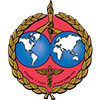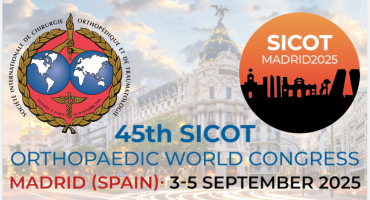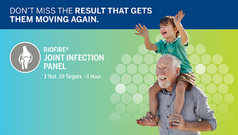J Bone Joint Surg Am. 2025 Jun 2. doi: 10.2106/JBJS.24.01210. Online ahead of print.
ABSTRACT
BACKGROUND: There has been minimal literature evaluating how a prior myocardial infraction (MI) influences outcomes after total knee arthroplasty (TKA). Thus, the purpose of this study was to evaluate how the timing, type, and treatment of MI prior to TKA affect postoperative cardiac complications, general medical complications, and surgical complications.
METHODS: A retrospective comparative study was conducted using a large insurance database. Patients undergoing primary TKA for osteoarthritis were included. Patients who had experienced MI within 2 years before TKA were identified and were matched 1:4 with patients who had not had such an MI on the basis of demographic variables and comorbidities. Patients who had a prior MI were stratified into 4 groups based on the timing of the MI: 0 to <6 months, 6 to <12 months, 12 to <18 months, and 18 to 24 months before TKA. The rates of postoperative cardiac, general medical, and surgical complications were compared between groups. Subanalyses on the prior MI type, treatment, and location were performed.
RESULTS: Prior MI was associated with increased risks of postoperative MI (odds ratio [OR], 3.97 [95% confidence interval (CI), 3.20 to 4.93]), heart failure (OR, 1.45 [95% CI, 1.24 to 1.75]), and 90-day mortality (OR, 2.15 [95% CI, 1.41 to 3.28]). The risk of postoperative MI was highest for those with MI within 6 months before TKA (OR, 6.86 [95% CI, 5.34 to 8.82]). Type-1 MI, ST-elevation MI (STEMI), non-ST-elevation MI (NSTEMI), and anterior and inferior MIs were linked to elevated postoperative MI and/or mortality risks, with timing closer to surgery further amplifying the risk. Percutaneous coronary intervention within 6 months before TKA also increased postoperative risks. Type-2 MI within 6 months before TKA was associated with an increased risk of periprosthetic joint infection compared with controls (OR, 4.23 [95% CI, 1.67 to 10.67]).
CONCLUSIONS: Patients who had a prior MI, particularly within 6 months before TKA, had significantly elevated risks of postoperative MI, heart failure, and mortality. Outcomes varied by MI type, treatment, and location, with type-1 MIs and STEMIs increasing the postoperative mortality risk.
LEVEL OF EVIDENCE: Prognostic Level III. See Instructions for Authors for a complete description of levels of evidence.
PMID:40455939 | DOI:10.2106/JBJS.24.01210














